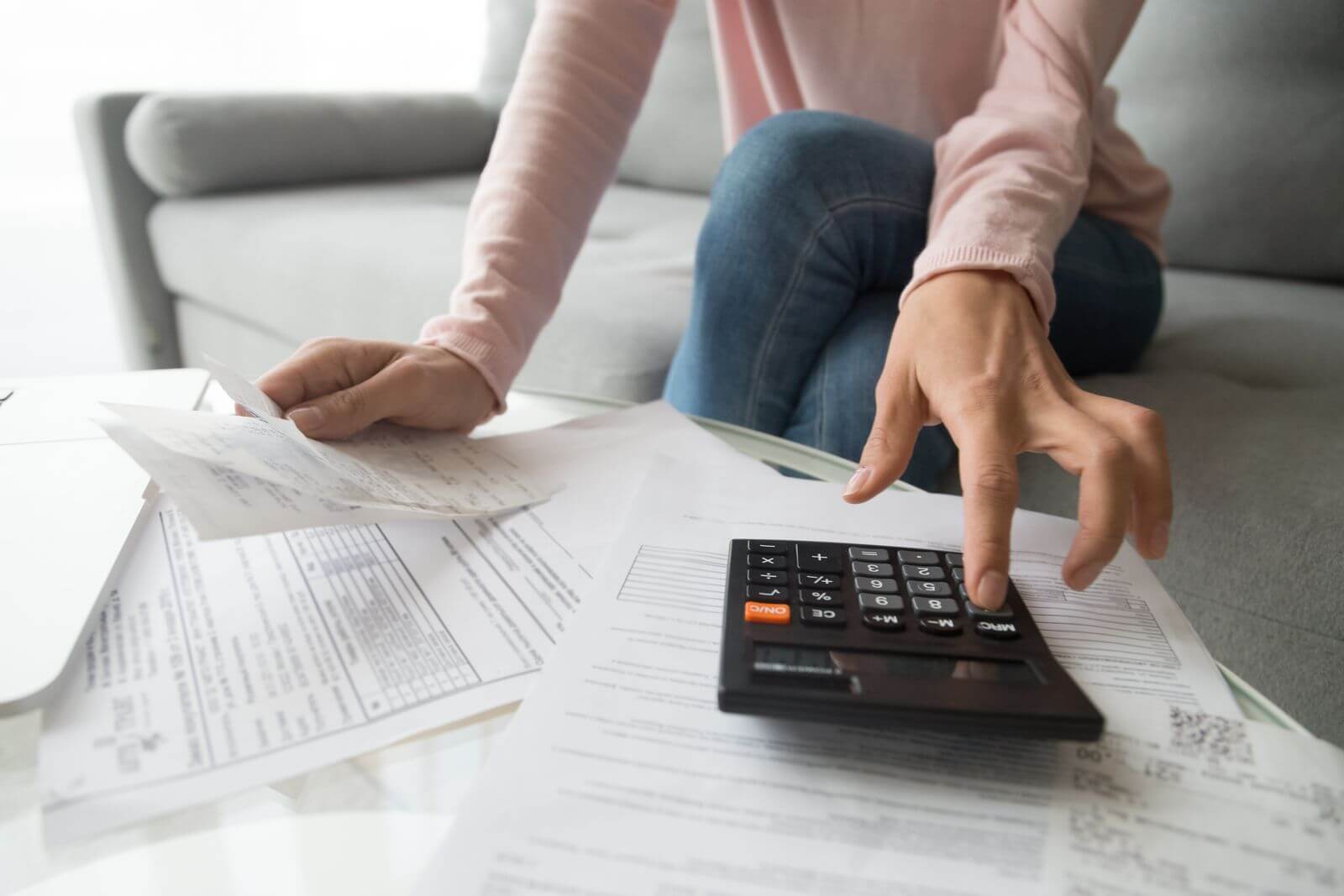By Rose Ibrahim
July 4, 2021 / 5 min read
Net operating income (“NOI”) is a vital calculation that helps real estate investors make financial decisions. Successful investors will also possess knowledge of their local market, remodeling costs, and basic financial concepts.
What is Net Operating Income?
Net operating income (“NOI”) is used to determine profitability of a real estate investment property, after accounting for operating expenses. The primary source of income is typically monthly rent paid by tenants. Operating expenses to manage the property can include management fees, accounting fees, marketing fees, and attorney’s fees.
Net Operating Income = (Gross Operating Income plusOther Income) minus Operating Expenses
Calculating NOI
The distinction between “gross” and “net” profit is an important one. Gross operating income (“GOI”) is what you make (revenue) while net operating income is what you take home (profit).
Gross Operating Income = Potential Rental Income minus Vacancy Rates
- Potential Rental Income (“PRI”) is an ideal scenario where 100% of a property is leased year-round.
- Vacancy rates capture the actual vacancy of the property which is typically lower than 100%. *
- Other Income is money made outside of rental income, e.g., parking fee, vending machine, coin laundry, etc.
- Operating expenses are costs to own the property, e.g., insurance, property tax, maintenance/repair, etc.
*To estimate a property’s vacancy rate, use historical vacancy rates from the current owner or the vacancy rates of similar properties.
Exclusions from NOI Calculation
NOI provides clarity on the actual cash flow of a rental property to investors, including how cost-effective it is.
Therefore, large one-time costs like a major repair, future write-offs, or investor-specific costs should be excluded.
- Tenant improvements are for the tenant and not specific to the property.
- Income taxes vary by investor and are not specific to the property. NOI is always calculated pre-tax.
- Depreciation is an accounting concept. It becomes a cash item during a property sale or as a tax write-off.
- Capital expenditures for maintenance can result in large, one-time payments and are paid via cash reserves rather than income from operations.
- Debt Service is excluded because debt (i.e., mortgage payments) can vary among investors due to differing loan terms such as down payments. An additional ratio that accounts for both debt and NOI is the Debt Service Coverage Ratio (“DSCR”). It compares cash inflow of a property against cash outflow for loan payments.
Debt Service Coverage = NOI divided by Total Annual Debt Service*
*Debt service is principal and interest payments paid on a loan such as a mortgage on a home.
NOI Calculation Example
You are a real estate investor interested in investing in a multi-family property with the following characteristics:
- 10-unit apartment complex
- 20% annual vacancy loss
- $2,000 rent per unit per month
- $50,000 annual operating expenses
- $1,500 annual other income (coin laundry)
Step 1: Calculate Potential Rental Income (PRI)
$2,000 per unit multiplied by 12 months = $24,000 annual rental income per unit
$24,000 rental income per unit multiplied by 10 units = $240,000 PRI
Step 2: Calculate Vacancy Rates
$240,000 PRI multiplied by 20% Vacancy Loss* = $48,000 Vacancy Loss
*Occupancy for the property is 80% (100%-20% vacancy rate).
Step 3: Calculate Gross Operating Income (GOI)
Potential Rental Income minus Vacancy Rates = Gross Operating Income
$240,000 PRI minus 20% Vacancy Rate = $192,000 GOI
Step 4: Calculate Net Operating Income (NOI)
(Gross Operating Income plusOther Income) minus Operating Expenses = Net Operating Income
($192,000 GOI plus $1,500 Other Income) minus $50,000 Operating Expenses = $143,500 NOI
The NOI figure is helpful in determining whether the property generates sufficient funds to service any loans, the potential market value if you plan to sell it down the road, and the rate of return on the investment (cap rate). Additionally, a thoughtfully-calculated NOI allows for a fair comparison to NOI generated from other similar properties in the market.
Capitalization Rate and NOI
The Capitalization Rate (“Cap Rate”) is interchangeable with return on investment or “ROI”. It is another useful tool that helps real estate investors determine the profitability of a potential investment.
Capitalization Rate = Net Operating Income divided by Purchase Price
Assume that the 16-unit apartment complex from the example above has a sale price of $1,100,000.
$143,000 NOI divided by $1,100.000 = 13% Cap Rate
The Cap Rate is used by real estate investors to estimate how much they will earn on potential properties and helps when researching investments to purchase. An acceptable cap rate depends on each investor’s goals and risk appetite.
NOI Recap
- The deduction of average vacancy rates for a property generates a more accurate GOI.
- NOI determines a property’s profitability in one year by calculating its income and removing related expenses.
- Items excluded from NOI include debt, taxes, large expenditures, tenant improvements, and depreciation.
- NOI is gaged at the property level (not the investor level) for standardization in comparing different properties.
Net Operating Income is an easy tool for real estate investors to use when evaluating which rental properties to purchase. Rental properties can provide an investor with steady passive income. However, it is wise to research the responsibilities of a landlord. Some tips to make a good real estate investment including timing the investment wisely, starting small, and researching local housing codes and regulations. A smart investor will examine any laws that limit rent collected from tenants, account for all operating costs (i.e., maintenance, insurance, taxes), and assess the property’s NOI and cap rate to see if it is a worthy investment.
Picture Credit
https://www.freepik.com/free-photo/close-up-accountant-using-calculator-while-examining-report_4010125.htm Resources
https://www.quickenloans.com/learn/net-operating-income
https://www.quickenloans.com/learn/is-real-estate-a-good-investment





